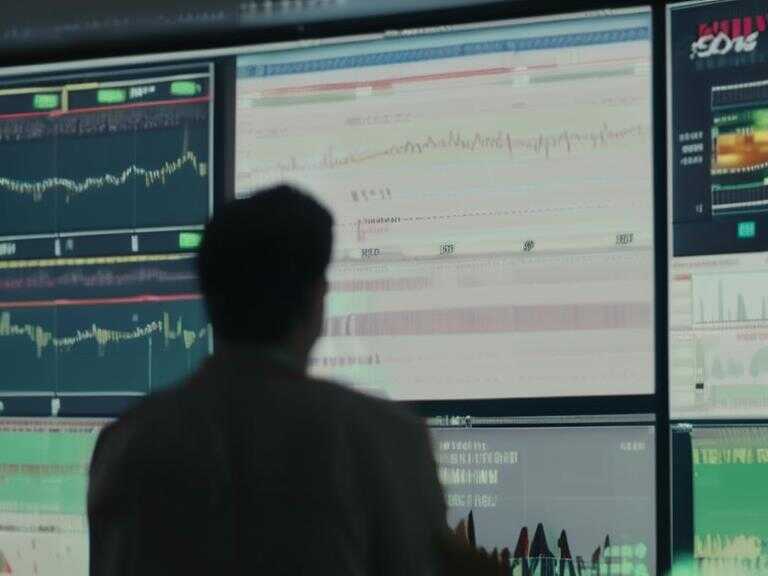
Recessions: 5 Key Facts About Economic Downturns You Need to Know
Recessions are shorter than they feel, lasting about 10-17 months, and are part of the economic cycle.

The global economy is constantly evolving, with periods of growth and contraction. Understanding these cycles and their potential impact is crucial for individuals and businesses alike. One such cycle is the economic downturn, commonly referred to as a recession. While recessions can be unsettling, it's important to remember that they are a natural part of the economic landscape and that recessions are temporary.
Understanding Economic Downturns
A recession is generally characterized by a significant decline in economic activity that lasts for several months. This decline is typically reflected in various indicators, such as reduced consumer spending, decreased business investment, rising unemployment, and falling industrial production. While the exact definition and duration of a recession can vary, it's widely recognized as a period of economic hardship.
Impact on Jobs and Businesses
One of the most significant impacts of a recession is on the job market. As businesses face reduced demand for their goods and services, they often resort to layoffs and hiring freezes to cut costs. This can lead to widespread unemployment and financial distress for individuals and families. Businesses, too, are affected, as lower consumer spending and decreased investment can force them to scale back operations or even close altogether.
Navigating a Recession
While recessions can be challenging, there are steps individuals and businesses can take to navigate these turbulent times. For individuals, it's important to review their finances, create a budget, and explore ways to reduce expenses. Building an emergency fund can also provide a safety net during periods of unemployment or financial uncertainty.
Businesses can mitigate the impact of a recession by focusing on efficiency, cost control, and innovation. Exploring new markets, diversifying products or services, and investing in technology can help businesses adapt to changing economic conditions.
The Role of Government Policy
Governments often play an active role in mitigating the effects of recessions through various economic policies. These may include measures such as tax cuts, increased spending on infrastructure projects, and lower interest rates. The aim of these policies is to stimulate demand, encourage investment, and support job creation.
Recovery and Growth
Recessions, while challenging, are typically followed by periods of recovery and growth. As economic conditions improve, businesses regain confidence, hiring increases, and consumer spending rises. It's important to remember that the economy is cyclical, and downturns are a natural part of this cycle.
While recessions can be difficult to endure, they also present opportunities for innovation, adaptation, and ultimately, stronger economic growth. By understanding the nature of recessions and taking proactive steps to navigate them, individuals and businesses can emerge from these challenging periods in a better position.
Share news















